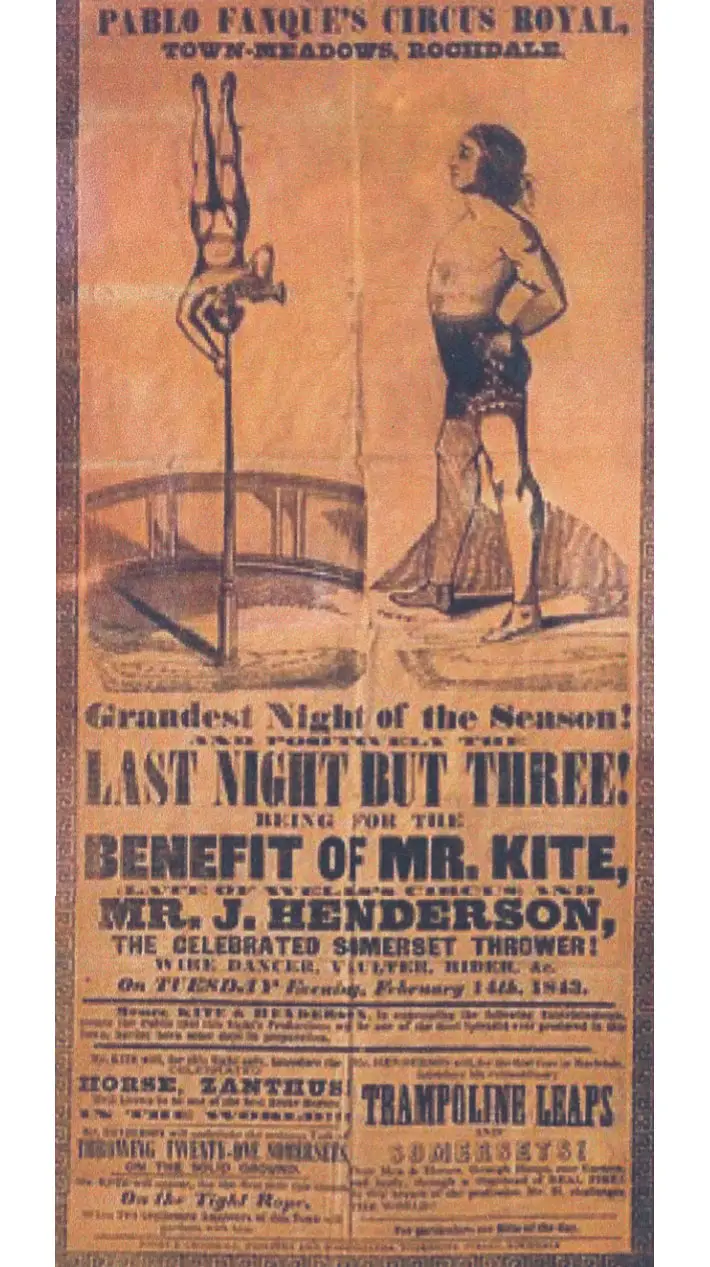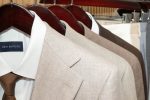History of The White Cloth Hall, Kirkgate, Leeds

By Paul Chrystal
Leeds, lying on the fringes of the Yorkshire cloth-producing district, had to compete for trade with better-placed neighbouring towns, so in 1711 all the cloth business was centralised in the purpose-built first White Cloth Hall on Kirkgate.
Indeed, Leeds’ White Cloth Hall was a direct riposte to the merchants of Wakefield, who, in an undisguised attempt to attract business away from Leeds, built a cloth hall to house their market. This was much better than the Leeds market at the time, being indoors and protected from the weather. Leeds merchants had no choice but to do the same, and a cloth hall for the trading of white (that is, undyed) cloth was built on Kirkgate on a site provided by Lord Irwin of Temple Newsam with £1,000 contributed by merchants and tradesmen.
 Thoresby describes it as ‘built upon Pillars and Arches in the form of an Exchange, with a Quadrangular Court within’. The new White Cloth Hall was built on the site of some former almshouses. Some white cloth continued to be sold in Briggate.
Thoresby describes it as ‘built upon Pillars and Arches in the form of an Exchange, with a Quadrangular Court within’. The new White Cloth Hall was built on the site of some former almshouses. Some white cloth continued to be sold in Briggate.
“Spectacular events”
The White Cloth building is still there, but is somewhat dilapidated. Predictably, perhaps, the Leeds trade soon outgrew the cloth hall and in 1755 the clothiers financed the building of the second White Cloth Hall south of the river on Meadow Lane. But this second White Cloth Hall also soon proved inadequate, and, smarting at the opening of a rival cloth hall at Gomersal, in 1774 the Leeds merchants agreed on the building of a third hall in Leeds.
A site was found on a piece of land called the Tenter Ground in the Calls. The new hall was built around a large central courtyard and at the northern end it was two storeys high, with assembly rooms on the upper storey. This hall opened in 1775.
In 1776 the management of the cloth hall passed from the merchants to the clothiers, and a Committee of Trustees was set up to be responsible for the organisation of the cloth market. It held 1,210 merchant stalls. It was not all hard work and endless business at the Cloth Hall. The central yard was occasionally used for spectacular events, as in 1786 when a Mr Lunardi made a ‘balloon ascent from the area of the White Cloth Hall, amidst the plaudits of 30,000 people’.
More famously, the White Cloth Hall Yard played host to Pablo Fanque’s Grand Allied Circus, as evidenced by an 1858 poster, a similar one of which influenced John Lennon to feature the grand master on ‘Being for the Benefit of Mr Kite’.
“Platform for speakers”
The railways intervened in 1865 when this White Cloth Hall was demolished to make way for the railway. In 1868, as compensation, the railway company built a new hall on King Street. This fourth White Cloth Hall never really got off the ground and it was demolished in 1895.
The Met Hotel occupies the site today – the cupola on the hotel roof was once part of the cloth hall. Not everyone could trade in the cloth halls. Clothiers were obliged to have served a seven-year apprenticeship first – later reduced to five years. Anyone wanting to sell cloth who did not qualify, the so-called ‘Irregulars’, had to use a separate building, which was first in Meadow Lane and then from 1792 on the ground floor of the Music Hall in Albion Street, which was known as ‘Tom Paine’s Hall’.
Not surprisingly, the mixed or coloured cloth makers who were still using the openair market in Briggate wanted their own cloth hall. Accordingly, a patch of land in the ‘Park’ was bought – now the site of City Square and Infirmary Street. Each wing of the building was divided into two ‘streets’ with two rows of stands. It was used by a massive 1,770 clothiers who could buy a stand for £2 10 s.
The hall, Leeds’ largest, cost £5,300 and opened in 1756. The central courtyard could hold 20,000 people. This was also used for public meetings where the steps acted as a platform for the speakers – in 1880 Gladstone addressed a Liberal Party meeting there. A small octagonal building, the ‘Exchange’ or ‘Rotunda’, was later added, used as an office by the trustees who were responsible for the running of the property.
The hall was knocked down in 1890 and replaced by the post office in City Square. The White and Mixed Cloth Halls were highly prestigious institutions and any important visitor to the city was given a guided tour to see the textile markets in operation; one such visitor in 1768 to the Mixed Cloth Hall was the King of Denmark.
Article taken from ‘A-Z of Leeds’ by Paul Chrystal, published by Amberley Publishing, £14.99 paperback










